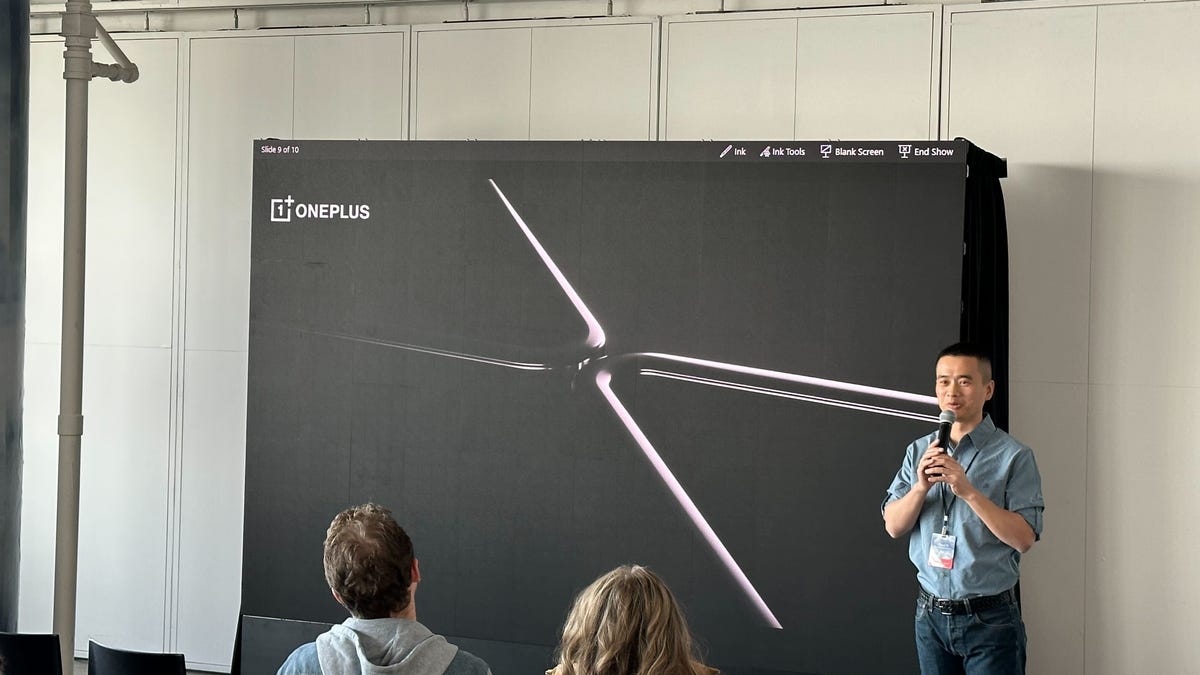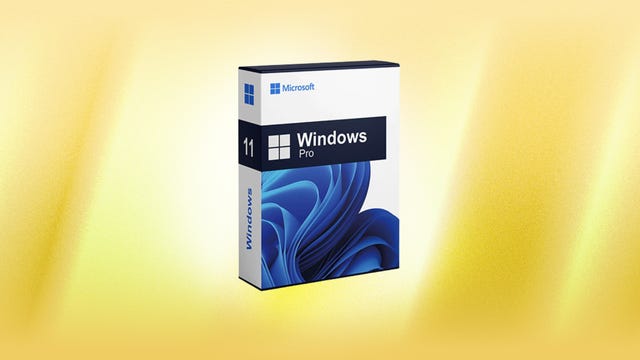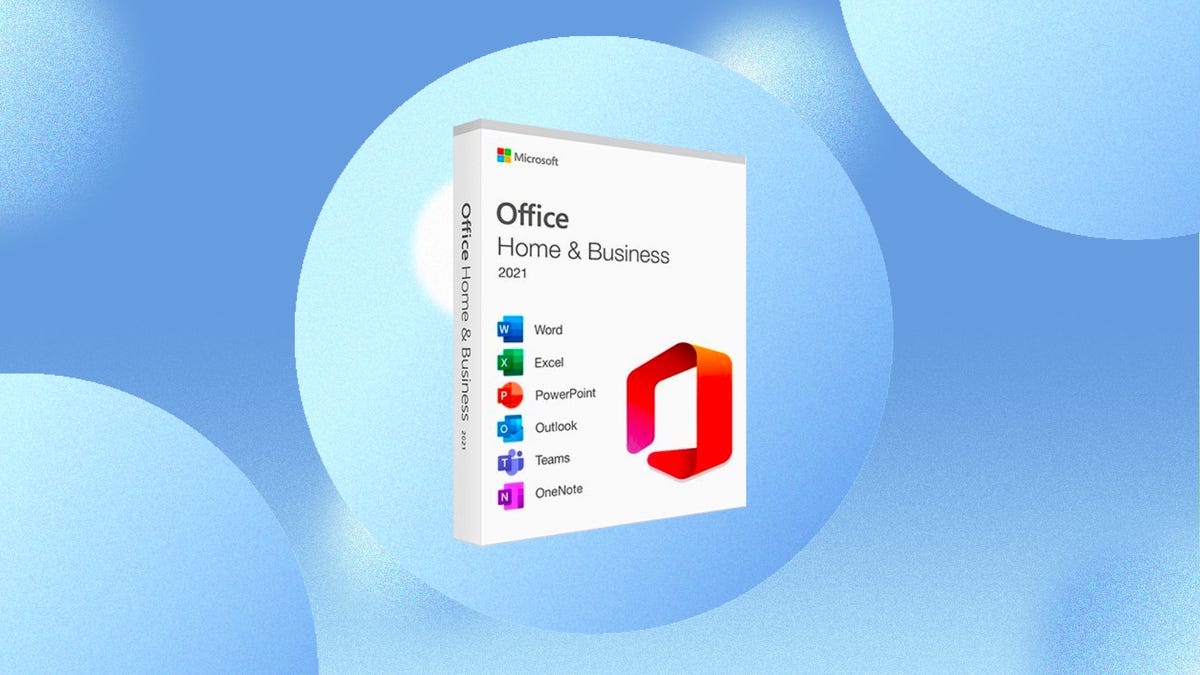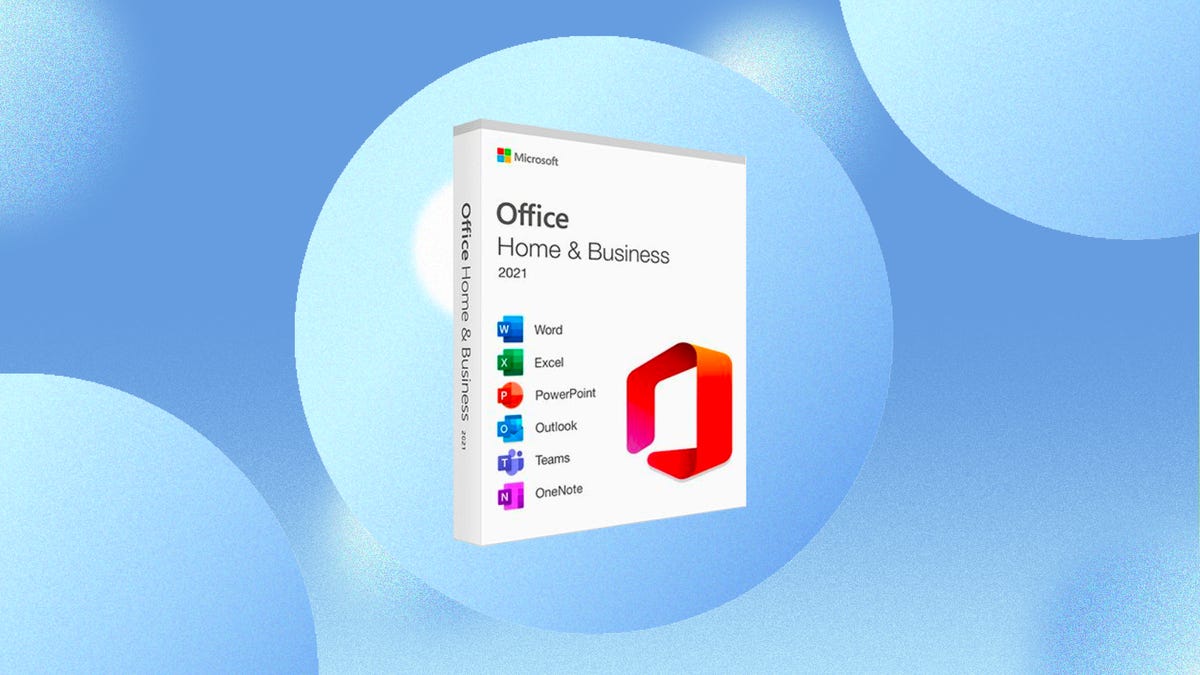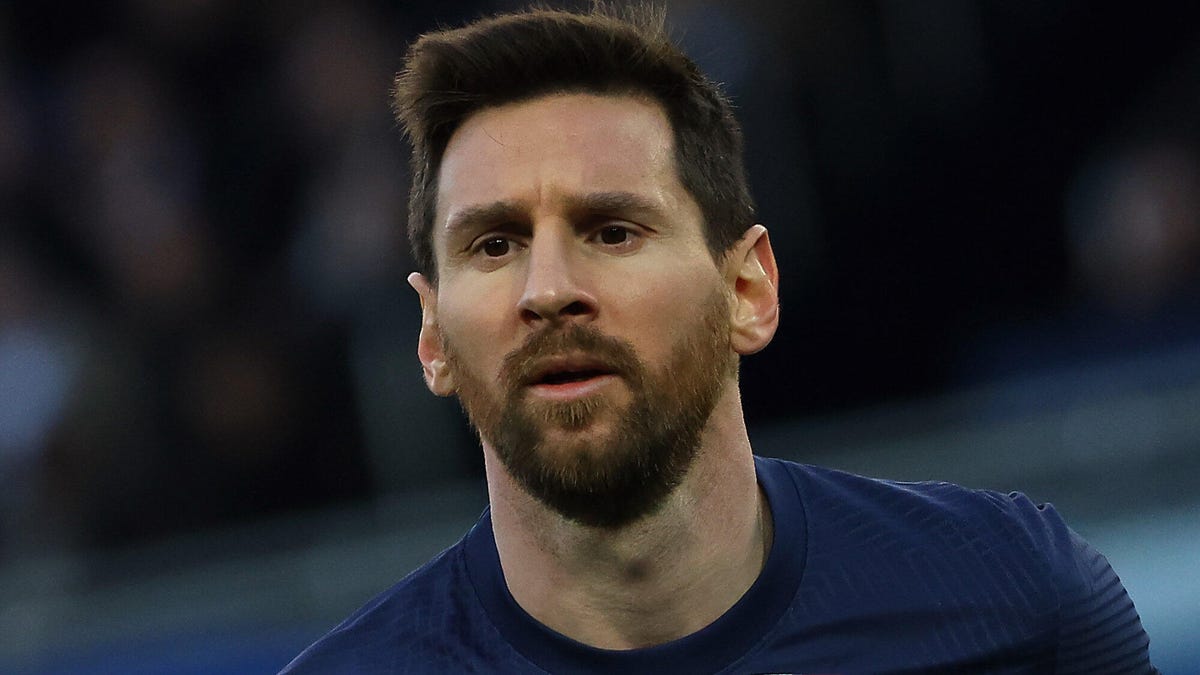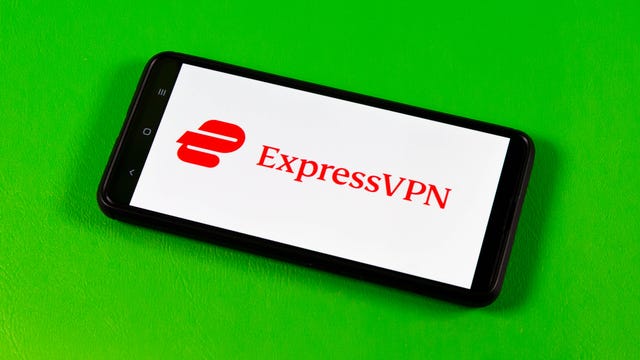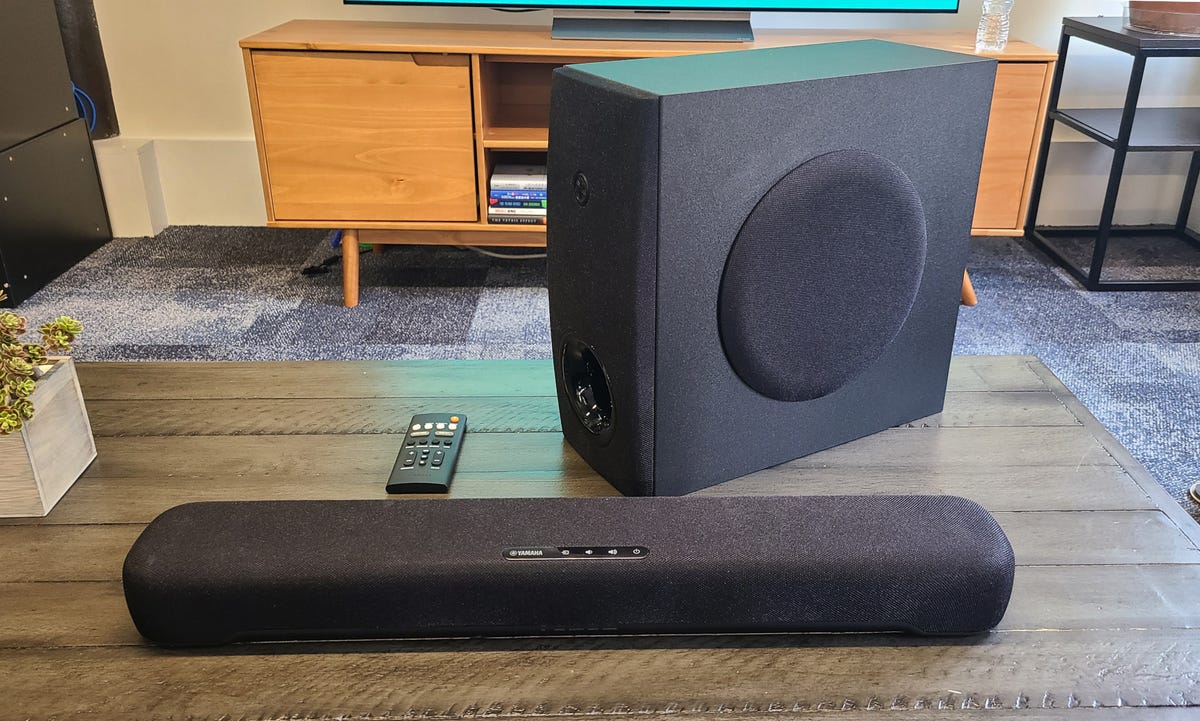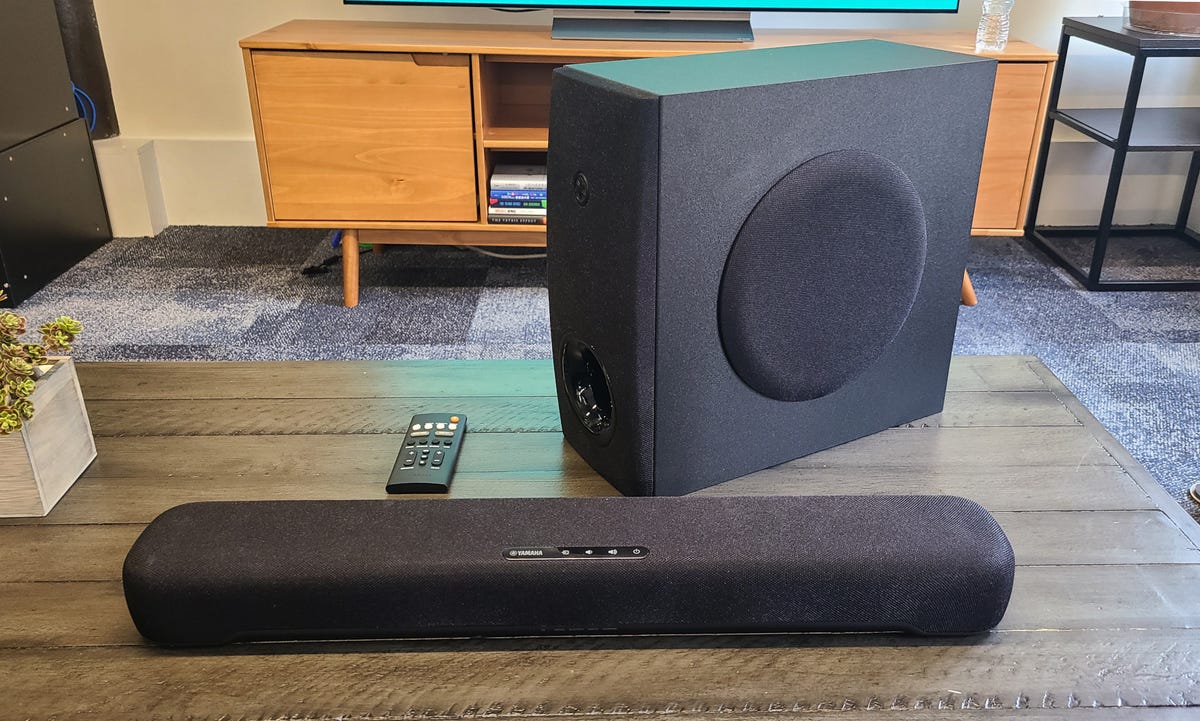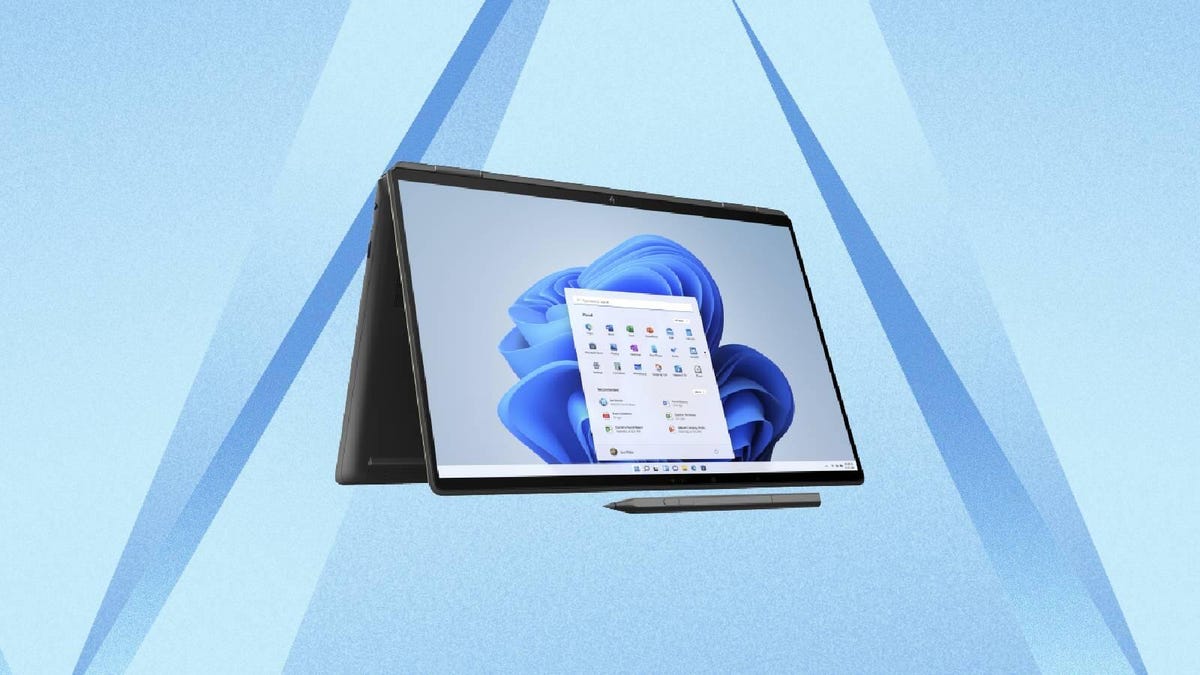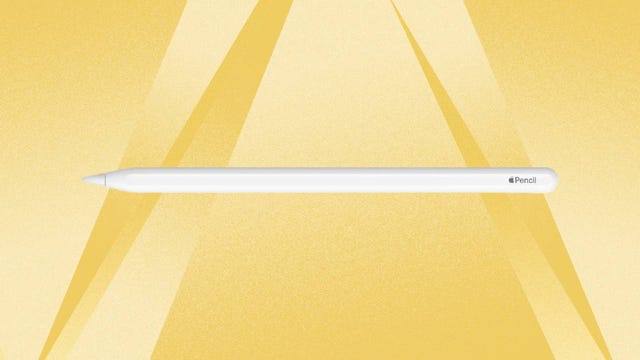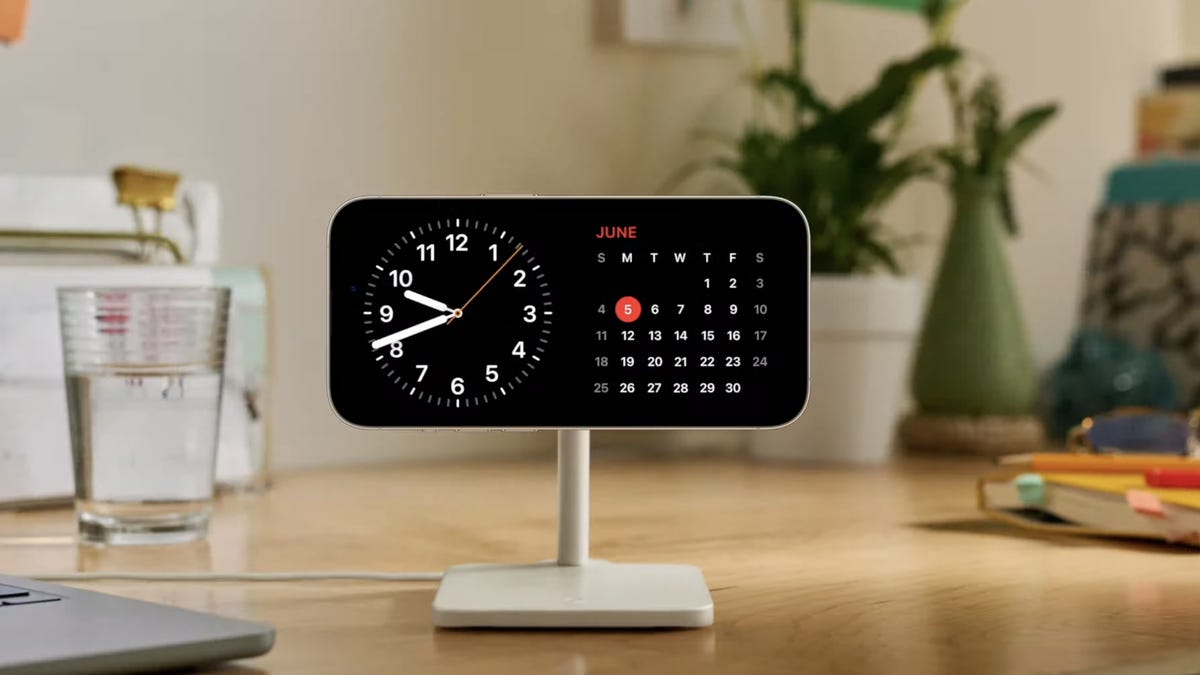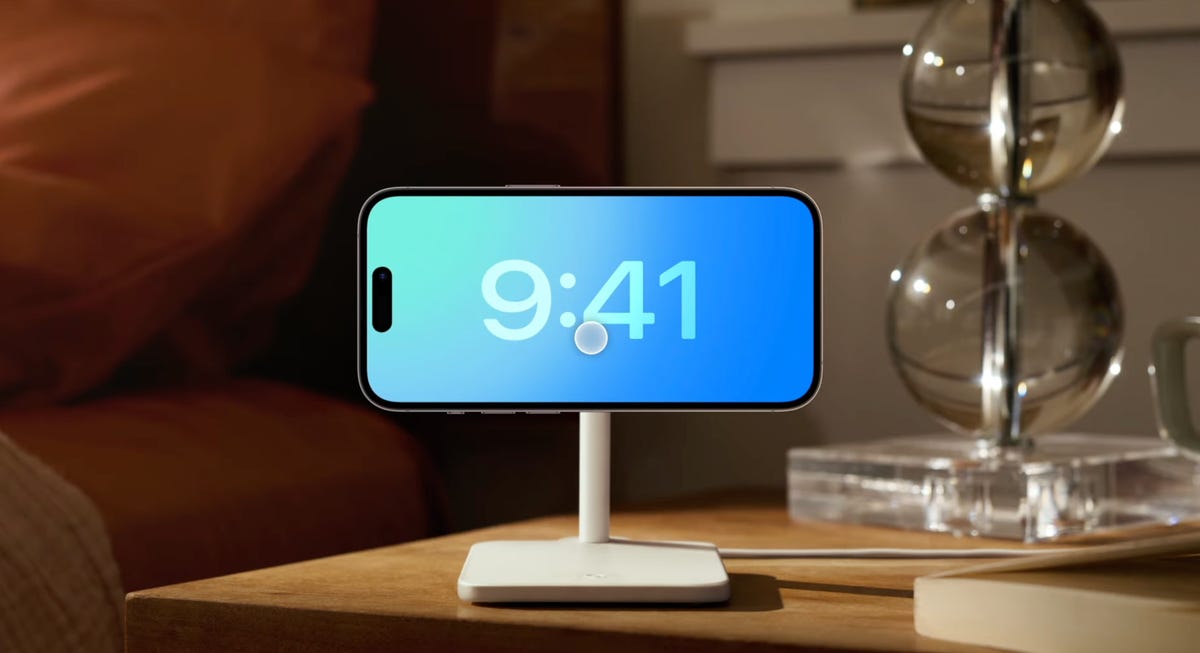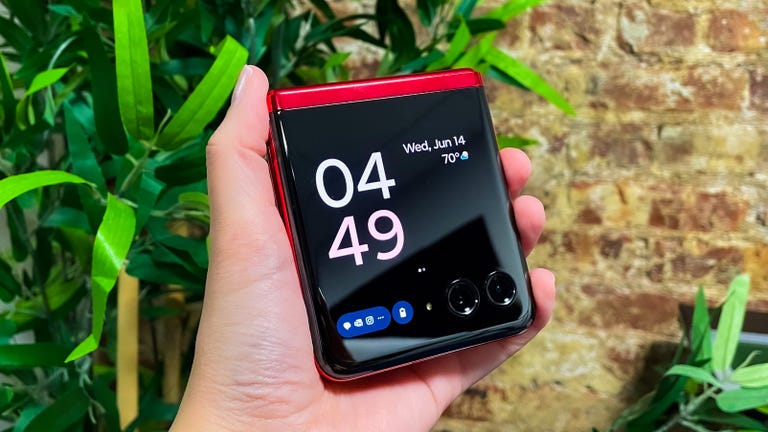It’s shaping up to be a big year for foldable phones. We’ve already seen new devices with bendable screens from Google and Motorola, and Samsung’s new Flip and Fold phones are likely just around the corner. But there’s another newcomer to the foldable phone race in 2023: OnePlus.
Back in February, OnePlus announced plans to release its first foldable phone in the second half of this year. While we haven’t heard any updates since then, it’s likely more news could come soon, since many tech companies tend to release new products in the late summer or early fall.
OnePlus hasn’t yet revealed details about its foldable phone, but there are a few reasons why I’m looking forward to it. OnePlus has a reputation for making attractive devices with powerful hardware at a lower price than its rivals. And the more competition there is in the foldable phone space, the more options there are for consumers.
OnePlus is known for value
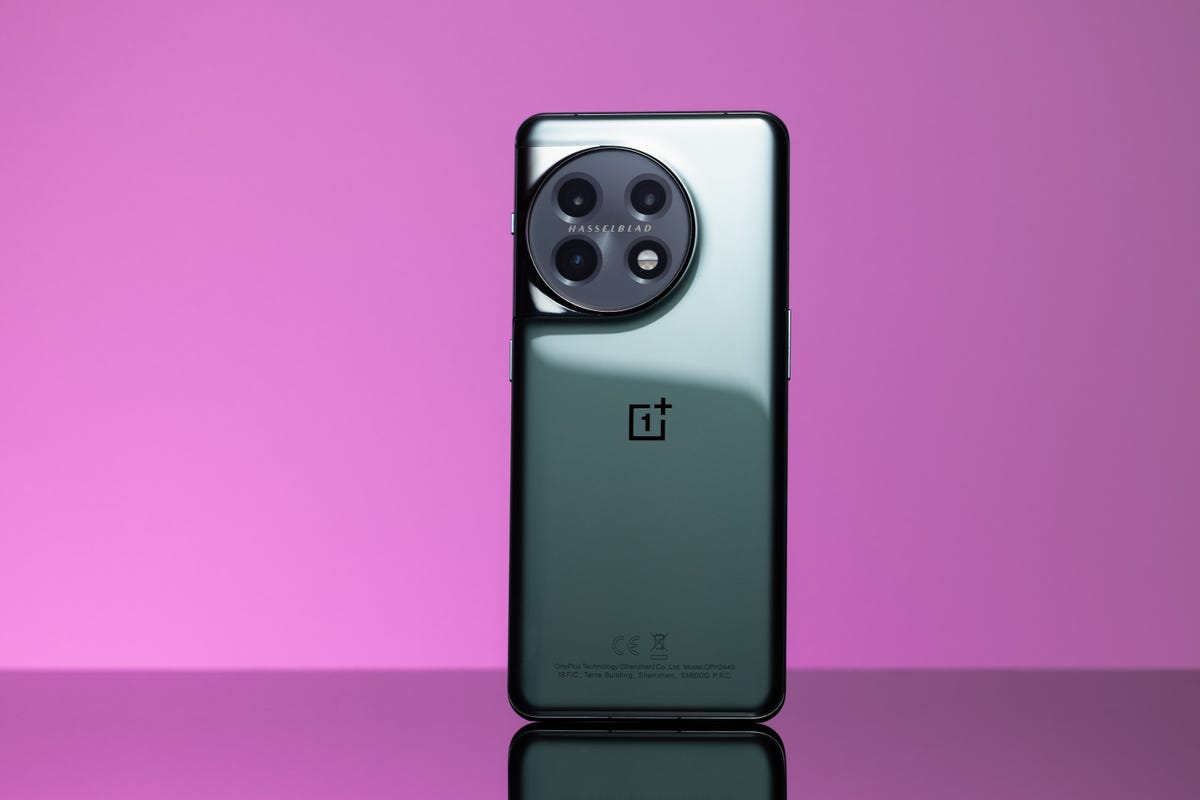
The biggest reason I’m curious about OnePlus’ first foldable phone is because the company made a name for itself by launching phones with high-quality hardware at low prices. OnePlus wowed Android fans back in 2014 with its first device, which offered a spacious, 5.5-inch screen and a fast processor for hundreds of dollars less than Samsung’s and HTC’s offerings at the time.
Though in recent years the company’s phones have crept closer in price to those made by rivals like Samsung and Google, the OnePlus 11 5G was a return to form for a company that was once known as the “flagship killer.” In his review earlier this year, CNET’s Andrew Lanxon praised the OnePlus 11 5G for its superfast charging, powerful performance, slick design and five years of security software support — all for $699, making it cheaper than the entry-level $800 Samsung Galaxy S23.
Still, OnePlus faces new competition from Google, which aggressively priced its Pixel phones to compete with Samsung, making it harder for OnePlus to stand out. But OnePlus has an opportunity to revive its reputation further with foldable phones. Even though Google’s standard Pixels are priced lower than rivals from Samsung and Apple, its foldable phone still starts at an eye-watering $1,800. Flip phone-style foldables are also still more expensive than most nonfolding phones, with the Samsung Galaxy Z Flip 4 and Motorola Razr Plus both starting at around $1,000.
It’s unclear whether OnePlus will release a flip phone or a book-style foldable, but leaked images from well-connected tipster Steve Hemmerstoffer (aka OnLeaks) that were published on the blog SmartPrix suggest it could be a book-style device. Regardless of the approach OnePlus takes, I hope to see a phone that’s more accessible than the options available today.
Foldable phones need more competition
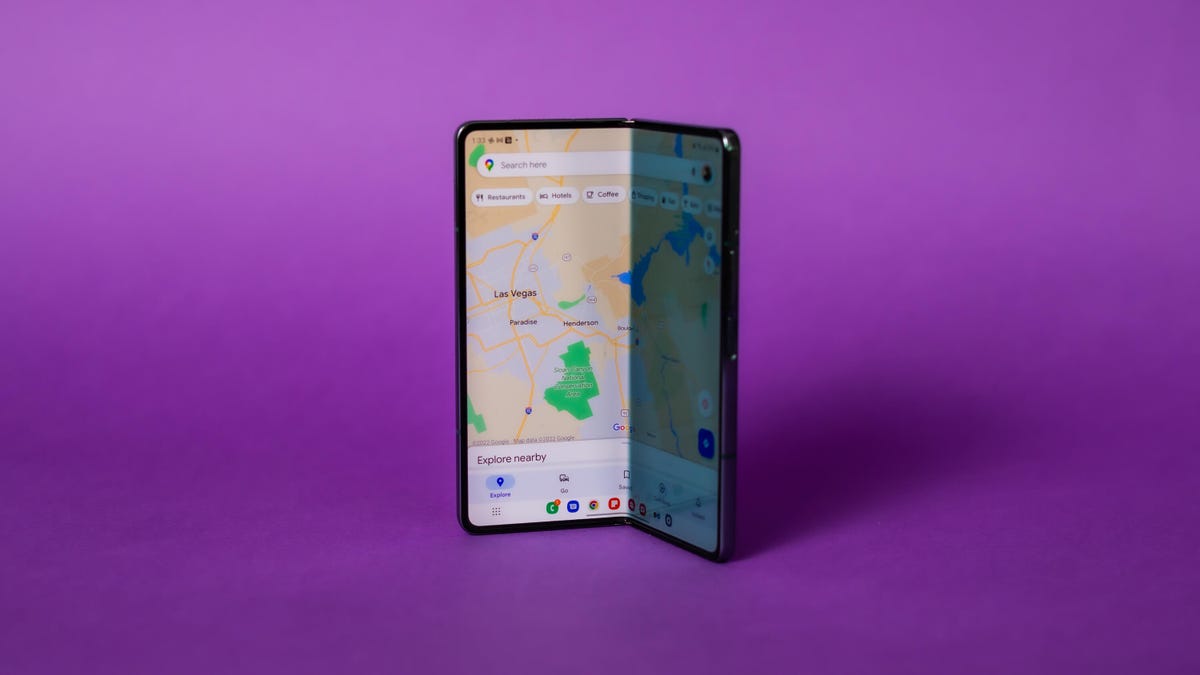
Samsung dominates the foldable phone space so far, with 62% of the market in the first half of 2022, according to Counterpoint Research. Samsung was among the first major phone makers to release a foldable phone, back in 2019, so it’s had a head start compared with newcomers like Google. But more competition means more choice, which is why I’m looking forward to OnePlus’ entry into the market.
Whether OnePlus’ phone ends up being a hit or not, it could still push companies like Samsung and Motorola to further refine their designs, add more features or, most importantly, lower their prices. We often see this play out in other areas of the smartphone industry, especially when it comes to more-niche devices. Samsung, for example, brought premium features like a high refresh rate, a polished design and a big battery to its budget-oriented Galaxy A54 after Google’s similarly priced Pixel 6A was well-received last year.
Having another foldable phone in production could also mean that the unique components required for these devices become more common. If that happens and the manufacturing is simplified, perhaps we’ll see foldable phones at more reasonable prices.
OnePlus may offer a bigger screen than Samsung and Google
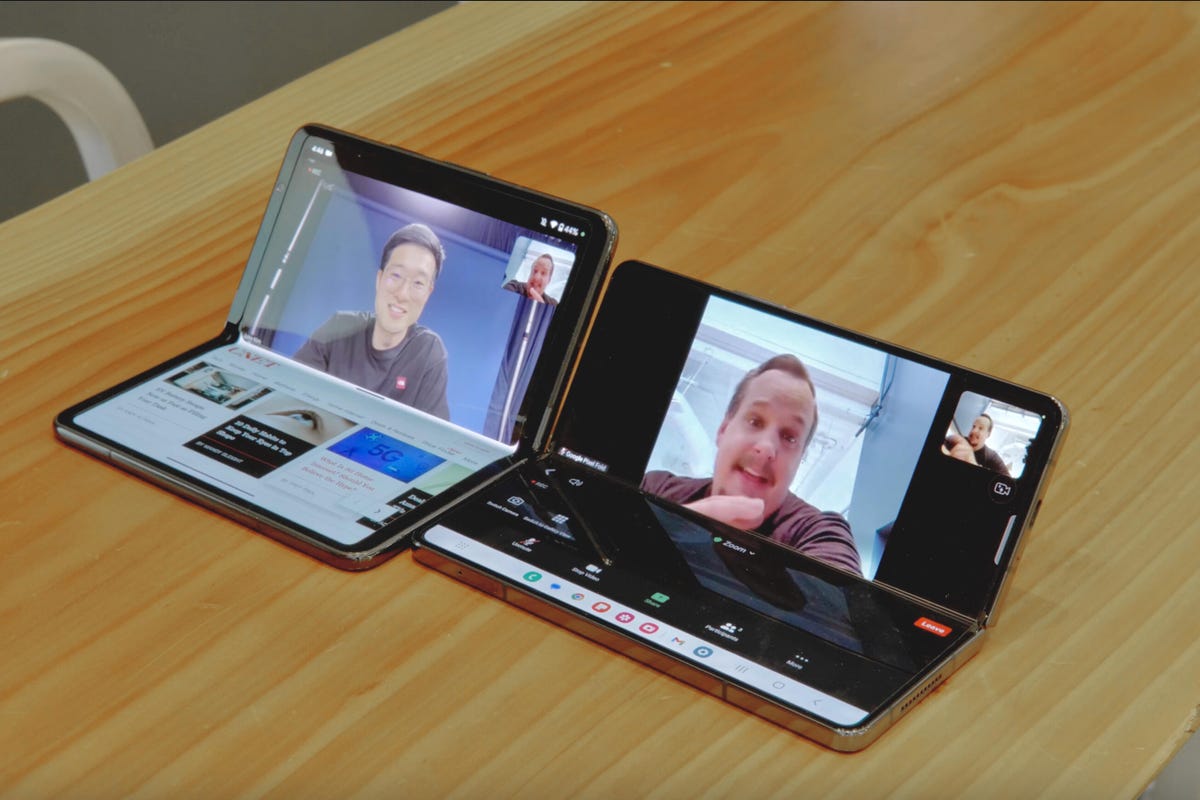
The screen is arguably the most important aspect of a foldable phone. After all, it’s the bendable display that can turn your phone into a tablet or give it a built-in “tripod” for taking selfies. If a report turns out to be true, both the cover and interior screens on OnePlus’ foldable could be larger than what we’ve seen so far from Samsung and Google.
Another leak from Hemmerstoffer, this time published on the blog MySmartPrice, suggests the OnePlus foldable will have a 6.3-inch external display and a 7.8-inch internal screen. That would make both screens slightly larger than the Galaxy Z Fold 4’s 6.2-inch outer display and 7.6-inch inner screen. The Pixel Fold, by comparison, has a 5.8-inch cover screen and a 7.6-inch internal display.
It’s important to remember, though, that size isn’t everything. Even though the Pixel Fold technically has a smaller cover screen than the Galaxy Z Fold 4, I prefer its wider design because apps feel more natural.
Samsung is expected to release new versions of the Galaxy Z Fold and Galaxy Z Flip at its next Unpacked event, on July 26, possibly addressing some of the drawbacks of its current foldable devices.
Overall, OnePlus’ entry into the market is another sign that phone makers see foldable phones as the future of the smartphone. But it’ll take lower prices, better software features and more durable designs to get them to be as ubiquitous as the smartphones used around the world today. That’s a tall order for any company to fulfill on its own. But as more companies like OnePlus enter the foldable space, the industry is likely to inch closer to making those demands a reality.
